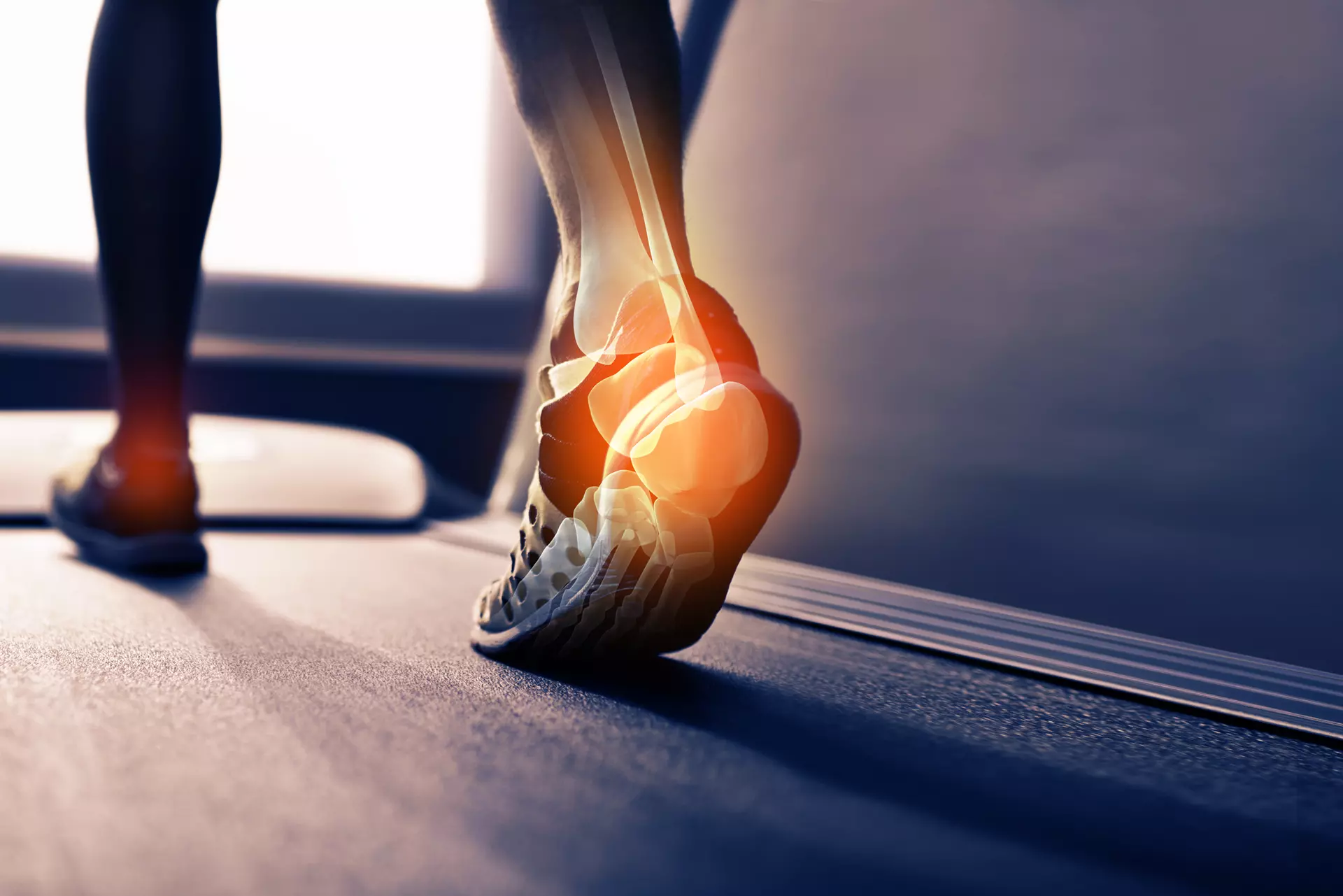
Bone spurs, also known as osteophytes, are bony projections that develop along the edges of bones, often where bones meet at joints. They commonly form as a result of joint damage, arthritis, or repetitive stress and can lead to pain, stiffness, and reduced range of motion. While not always symptomatic, bone spurs can interfere with daily activities if they press on nerves or surrounding tissues.
Symptoms of bone spurs vary depending on their location and severity. Some people experience localized pain, tenderness, swelling, or stiffness, while others may have numbness, tingling, or weakness if the spur compresses nearby nerves. Bone spurs most frequently occur in the spine, shoulders, hands, hips, knees, and feet.
Diagnosis typically involves a physical examination, review of symptoms, and imaging tests such as X-rays or MRIs. These evaluations help determine the presence, size, and location of bone spurs, as well as any impact they may have on surrounding nerves or joints. Early diagnosis can prevent worsening pain and improve treatment outcomes.
Treatment for bone spurs depends on their severity and the discomfort they cause. Conservative approaches often include rest, ice or heat therapy, anti-inflammatory medications, and physical therapy exercises to improve strength and flexibility. In more severe cases, minimally invasive procedures or surgery may be necessary to remove the spurs and relieve nerve compression.
Chiropractic care can be highly beneficial in managing symptoms related to bone spurs. Chiropractors assess spinal alignment, joint function, and muscular balance to develop individualized treatment plans. Through spinal adjustments, soft tissue therapy, and rehabilitative exercises, patients can experience reduced pain, improved mobility, and better overall joint health.
If you are experiencing symptoms of bone spurs, please don’t hesitate to contact us today.
